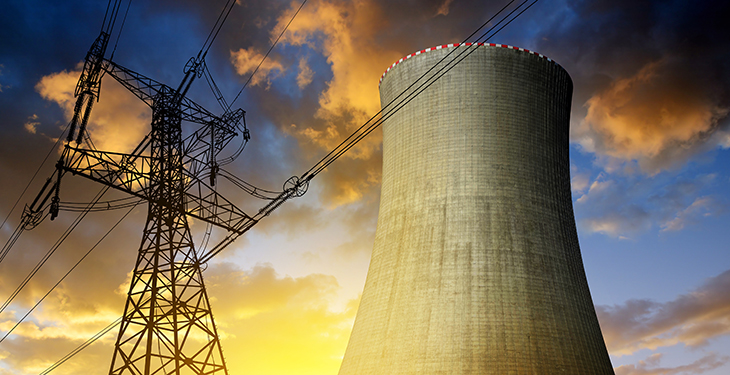More than twenty states, including Romania, called on Saturday, in a joint statement at COP28, for the tripling of nuclear energy capacities worldwide by 2050 compared to 2020, in order to reduce dependence on coal and gas. This comes after the passage of nuclear energy into the taxonomy and its placement as a transition fuel in 2022 was hardly accepted at the EU level, claims the president of the Intelligent Energy Association, Dumitru Chisăliță.
The row over how to deal with nuclear power in the EU, over how Europe intends to move towards cleaner energy, has been settled in favor of developing nuclear power generation capacity in the future. Fortunately, the engineering concepts managed to dethrone the opinions of politicians and prevent future critical situations, but also to come up with security solutions regarding how the EU secures its energy sources as it wants to move away from Russian gas, and how the EU industry can have affordable energy prices to compete with the US and China.
“In fact, if we check the data of the World Nuclear Association, we see that in fact at COP 28 what many countries have actually understood and started for several years, the fact that it is essential in the future to develop new nuclear energy production capacities,” claims Dumitru Chisăliță.
As of early November 2023, approximately 60 reactors were already under construction worldwide and another 110 were in the planning stages. As a result of the Franco-German dispute over the future of nuclear power in the EU, most of the reactors under construction or planned are in Asia.
Today there are approximately 440 nuclear reactors operating in 33 countries with a combined capacity of approximately 390 GWe. In 2022, they provided 2545 TWh, about 10% of the world’s electricity.
“It is very important to realize that in the perspective of 2050, Romania’s security electricity needs, and which can ensure flexibility between the variability of electricity production from renewable sources and the volatility of consumption (which will be largely based on electricity), can only be solved with small nuclear reactors, in the absence of electricity produced from coal and gas. In the same perspective, the heating of large urban agglomerations can be based on the thermal energy provided by small nuclear applications – SMR, possibly located in the vicinity of the towns,” says the analyst.
“It is very important for Romania to develop a strategy to state the important role that nuclear energy (including SMR) can play in the future in terms of ensuring the need for safe electricity, balancing energy systems based on renewable energy and especially the heating of homes in large urban agglomerations.
This strategy must be accompanied by strict implementation plans to ensure the safety of people and assets near production facilities.
People need electricity and heat continuously and at an acceptable price. The development of energy systems that can generate low prices, but do not provide you with the energy you need when you need it, are not compatible with the demands of today’s society.
Romania’s future energy mix must contain small and large nuclear energy”.
